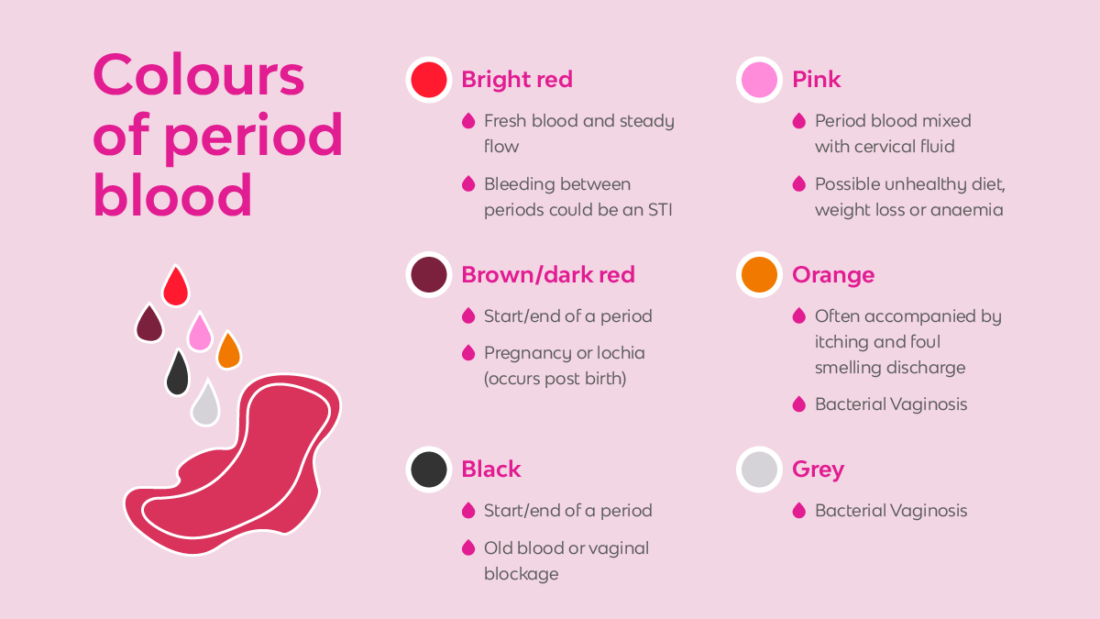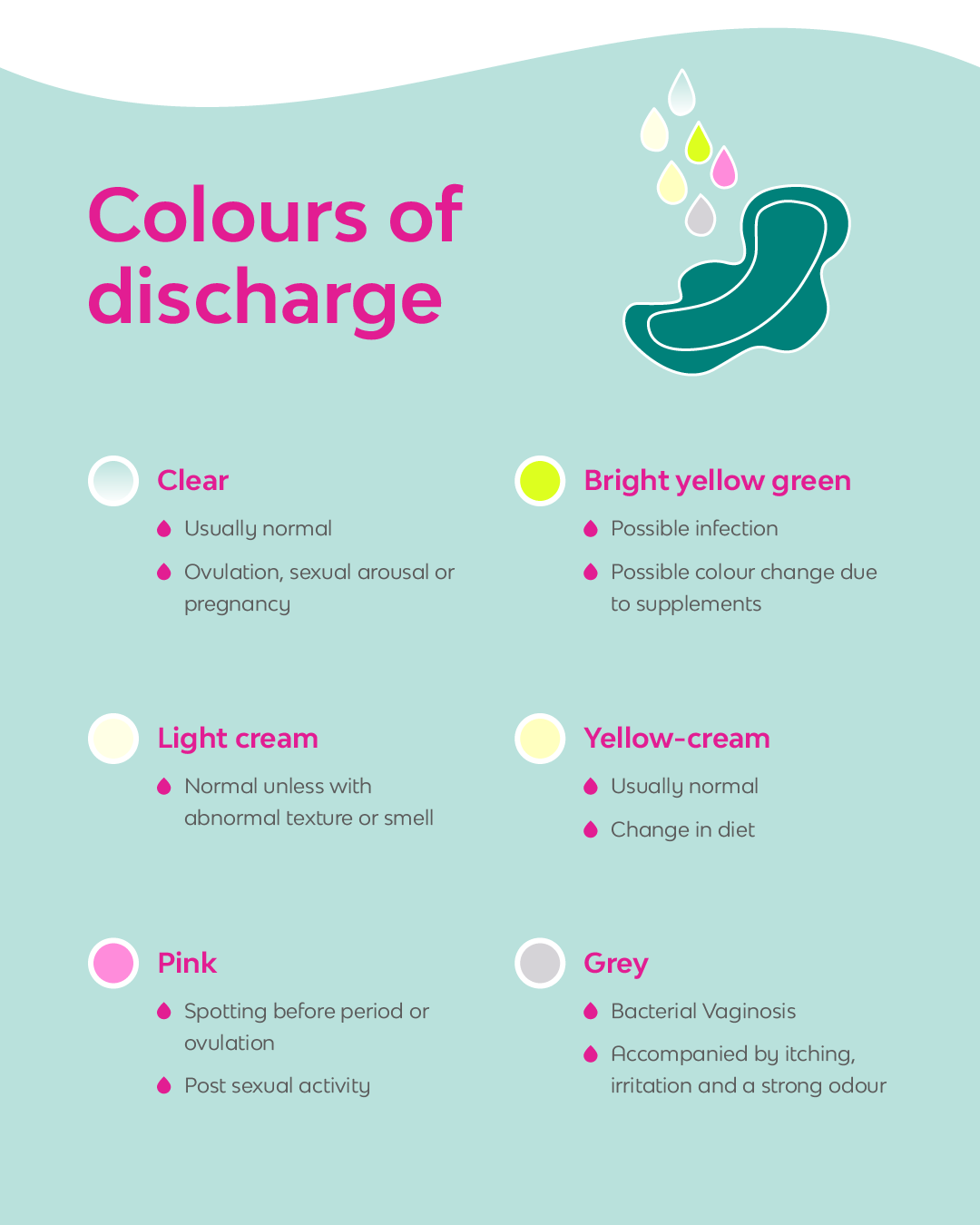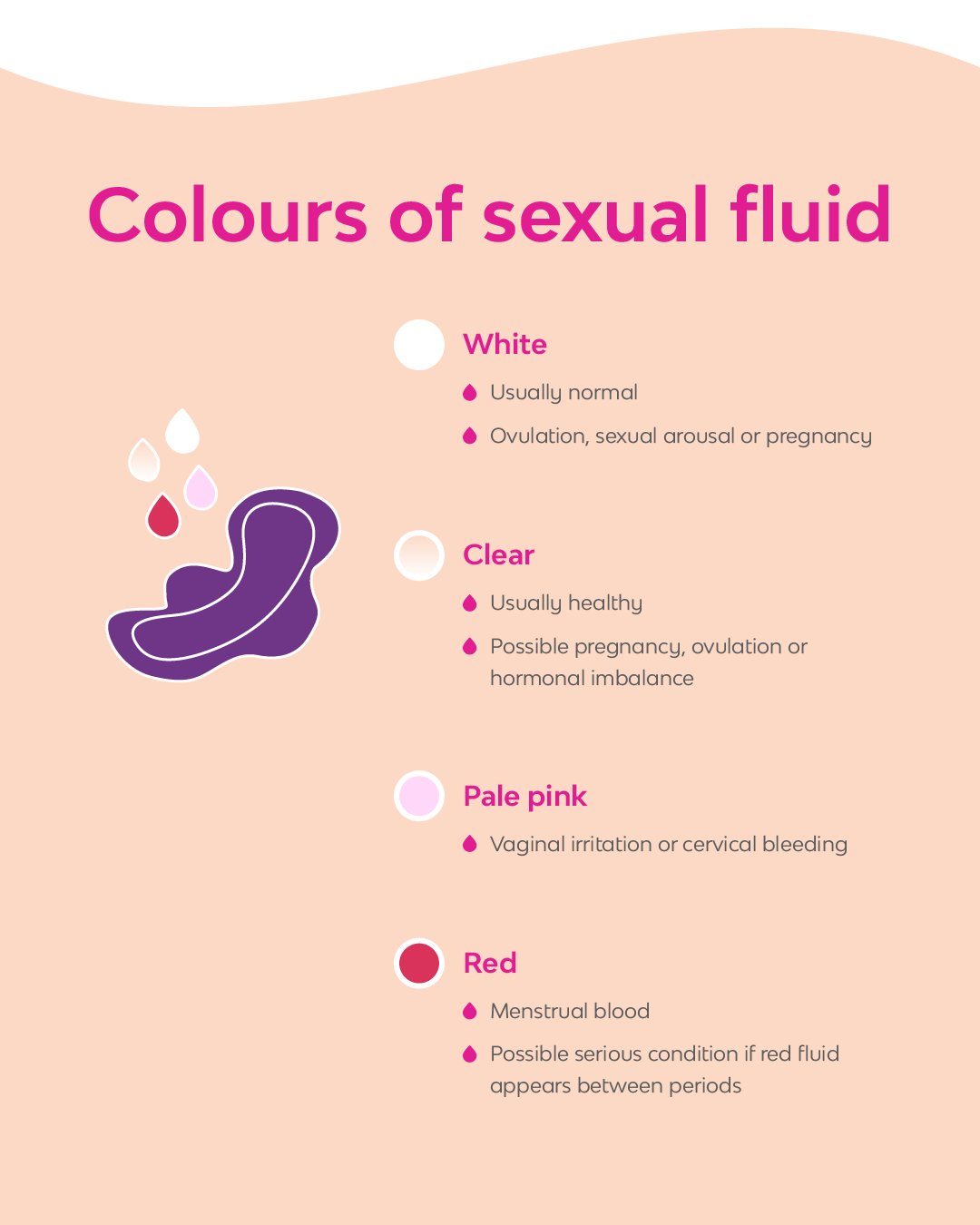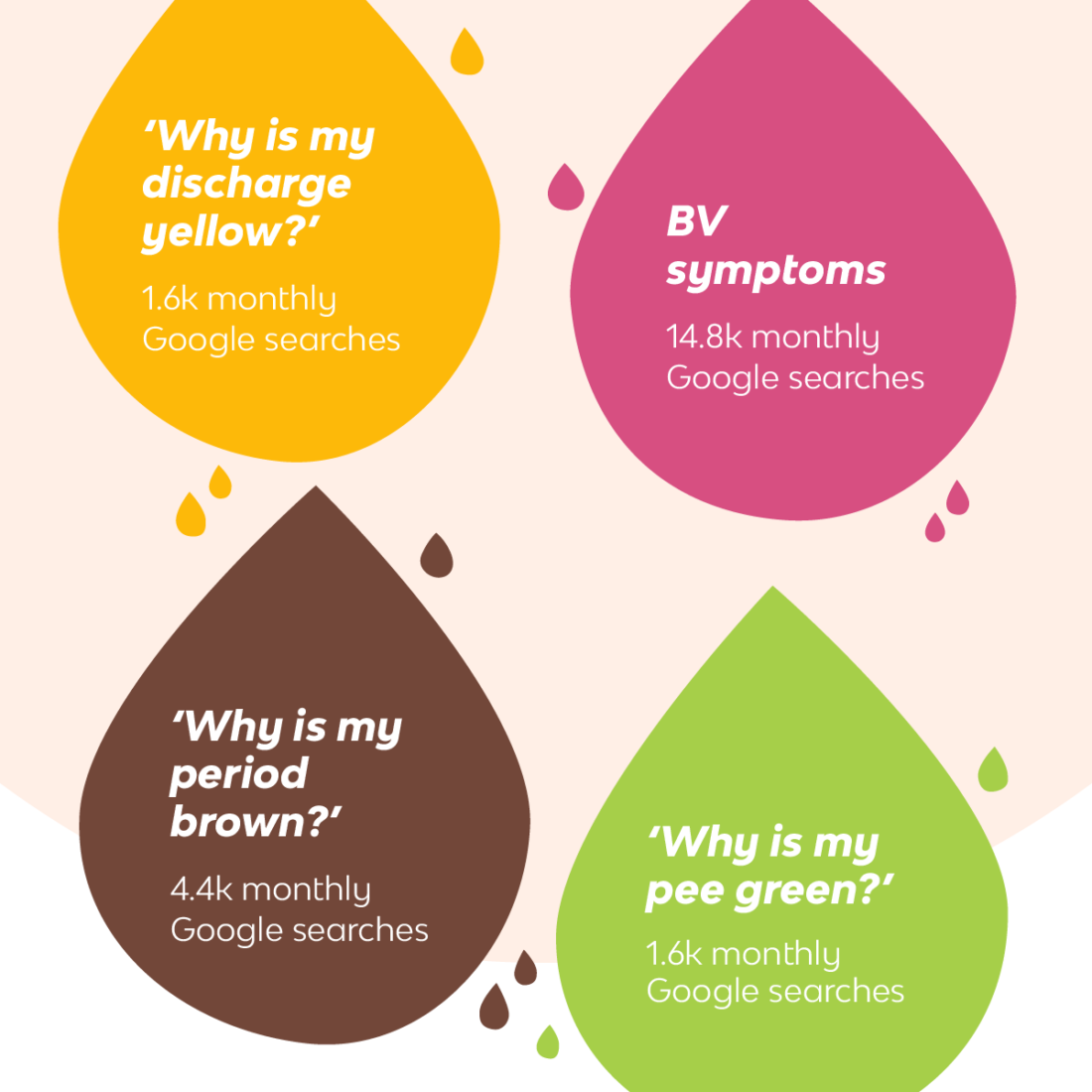
Guest blog from Bodyform: What’s in My Knickers?
[Advertising feature]
It’s a question that likely every woman has asked themselves at some point. Our bodies are complex, and even when we think we’ve got everything figured out, sudden changes can totally take us by surprise. These changes can be caused by a variety of factors. Quite often these sorts of changes are totally normal, but when they affect our sexual and reproductive health, they can create a lot of anxiety and stress.
For many people, understanding a subject as intensely personal and taboo as bodily fluids can be difficult. This is why Bodyform have created a helpful infographic looking at how women’s bodily fluids can change, and what these changes may mean.
What Are the Types of Bodily Fluid?
There are several different types of body fluids, each with their own differences and purposes. The main types are:
- Period Blood
- Discharge
- Lubrication/intimate fluids
- Urine
All of these fluids are distinct and have specific functions. They can be quite easily identified when you know what to look for. However, each of them is also prone to changes in everything from colour and consistency to smell, and this is where things can sometimes get worrisome and confusing.
Period Blood
Both your menstrual cycle and period blood itself can be prone to sudden, unexpected changes. These irregularities to your period can be caused by anything from your flow to the length of your period, your diet, pregnancy, and health conditions such as bacterial vaginosis (BV)1.
A change in the colour of period blood can be especially concerning. Some 4,000 UK internet searches each month ask, “why is my period blood brown?”2 indicating that many women+ are caught off guard by these sorts of changes. Take a look at the infographic below to see what a change in period blood colouration may mean for you.

[Infographic 1: “Colours of Period Blood” Created by BodyForm: Data on file [2022 ]3,4,5]
If you’re worried about changes to your menstrual cycle or period blood, especially if they’re lasting changes, speak to your doctor for specific guidance on what may be happening.
Discharge
If you notice any changes to your discharge, whether it be the consistency, colour, or smell, it can often be very concerning. This is because people often identify these symptoms with sexual health conditions. Before you assume the worst, check out the infographic below for other potential causes of these issues.

[Infographic 2: “Colours of Discharge” Created by BodyForm: Data on file [2022]3,4,6]
Again, if the symptoms persist or worsen, seek advice from your doctor who may be able to offer assistance and reassurance.
Sexual Fluids
Sexual fluids are commonly clear or white and as the name suggests, these fluids are what keep everything moving smoothly during sex.
Your sexual fluids can change in a few different ways. For example, a change in smell or consistency could be a sign of bacterial vaginosis. There are some 60,500 UK internet searches asking about ‘bacterial vaginosis’ every month2 again illustrating that many people are affected by changes like this.

[Infographic 3: “Colours of sexual Fluid” Created by BodyForm: Data on file [2022]3,4,7]
The internet doesn’t always have the correct answer however and isn’t well known for being particularly reassuring, so if you are worried about a continuing issue, see your doctor.
Urine
Urine is arguably the bodily fluid that changes most frequently. Most of the time your levels of hydration will be the cause of changes to urine colouration, but there are other factors to consider.
Some 10,000 UK searchers look up ‘urine colour chart’ each month2 meaning a lot of people face uncertainty regarding this too.

[Infographic 4: Google Searches of Bodily Fluids, Created by BodyForm: Data on file [2022]3,4,8]
Medical issues as well as your diet can affect your urine, so if problems persist, seek advice from your doctor.
How to Talk About Our Bodily Fluids
Taboos are incredibly unhelpful and even more difficult to break down, especially when they relate to something so personal. But there are ways we can improve this and start to unpick these issues.
- Be more open and honest about our own concerns
- Push for better education of these issues
- Be understanding and supportive of those who are open about these issues
- Encourage workplaces to be more supportive of people dealing with these issues
- Push for better quality medical care and increased availability of medical care
As more people talk about the issues bodily fluids can present, we are optimistic that anxiety surrounding these issues will reduce, making women feel safer and more comfortable with their bodies. We hope this article can be the start of that conversation.
Help us to remove the stigma surrounding periods and women’s sexual health by sharing this blog with your friends or across your social media.
It’s time to take back control, it’s time to #BeBloodyConfident!
Are you suffering from heavy periods? Visit our Wear White Again website to check out the symptoms and causes of heavy periods.
Note: This article does not constitute medical advice, please consult your doctor should you have any concerns regarding the topics discussed in this article
References
1 – (No date) NHS choices. NHS. Available at: https://www.nhs.uk/conditions/irregular-periods/ (Accessed: December 23, 2022).
2 – BodyForm: Google Ads and Keyword Planner, Data on file [2022]
Infographics
3 – 2022, BodyForm. Bodily Fluids: A Guide to what’s in your Knickers [Online Article] Available from: https://www.bodyform.co.uk/discover/bodily-fluids-guide/#:~:text=Sexual%20Fluids,everything%20moving%20nice%20and%20smoothly [Accessed: 2022]
4 – 2022, NHS. Periods. [Online Article] Available from: https://www.nhs.uk/conditions/periods/
5 – Infographic 1: “Colours of Period Blood” Created by BodyForm [2022].
Healthline. Why is my Period Heavy [Online Article] Available from: https://www.healthline.com/health/why-is-my-period-heavy#3-Yoga-Poses-to-Relieve-Cramps [Accessed: 2022]
2022, Medical News Today. What does the color of period blood mean? [Online Article] Available from: https://www.medicalnewstoday.com/articles/324848 [Accessed: 2022]
6 – Infographic 2: “Colours of Discharge” Created by BodyForm [2022].
2022, Healthline. Everything you Need to know about Vaginal Discharge [Online Article] Available from: https://www.healthline.com/health/vaginal-discharge#types [Accessed: 2022]
2022, NHS. Vagina Discharge [Online Article] Available from: https://www.nhs.uk/conditions/vaginal-discharge/ [Accessed: 2022]
2022, HelloClue. Vaginal Discharge: What’s normal? [Online Article] Available from: https://helloclue.com/articles/cycle-a-z/what-is-normal-vaginal-discharge/ [Accessed: 2022]
2022, Medical News Today. A color-coded guide to vaginal discharge [Online Article] Available from: https://www.medicalnewstoday.com/articles/322232#outlook [Accessed: 2022]
7 – Infographic 3: “Colours of sexual Fluid” Created by BodyForm [2022]
2022, Clue. Getting wet: Everything you’ve always wanted to know [Online Article] Available from: https://helloclue.com/articles/cycle-a-z/getting-wet-cervical-fluid-vs-arousal-fluid-vs-discharge/ [Accessed: 2022]
2022, Healthline. The Ultimate Vaginal Discharge Color Guide [Online Article] Available From: https://www.healthline.com/health/vaginal-discharge-color-guide#clear [Accessed: 2022]
8 – Infographic 4: Google Searches of Bodily Fluids, Created by BodyForm: Data on File [2022]




